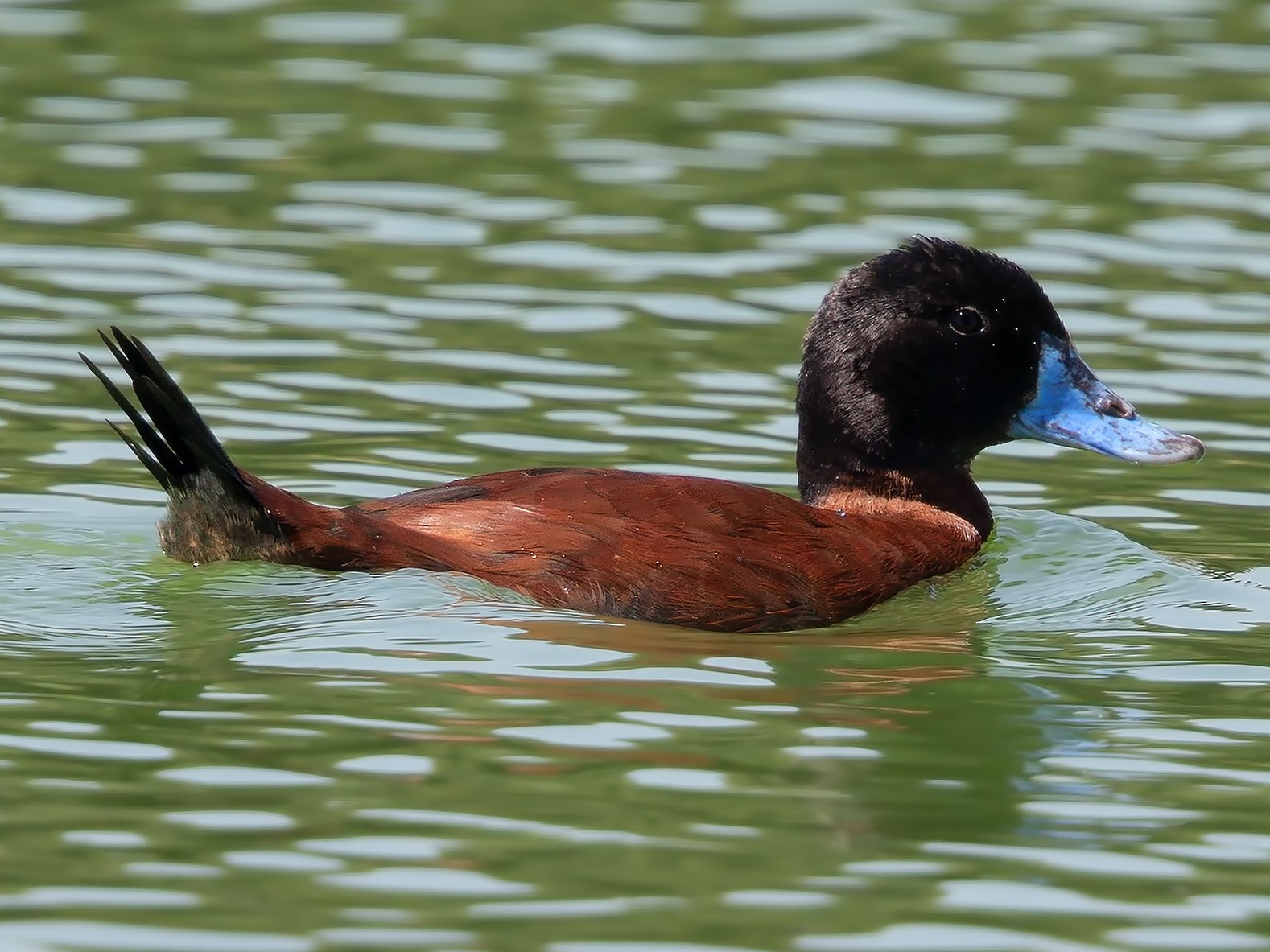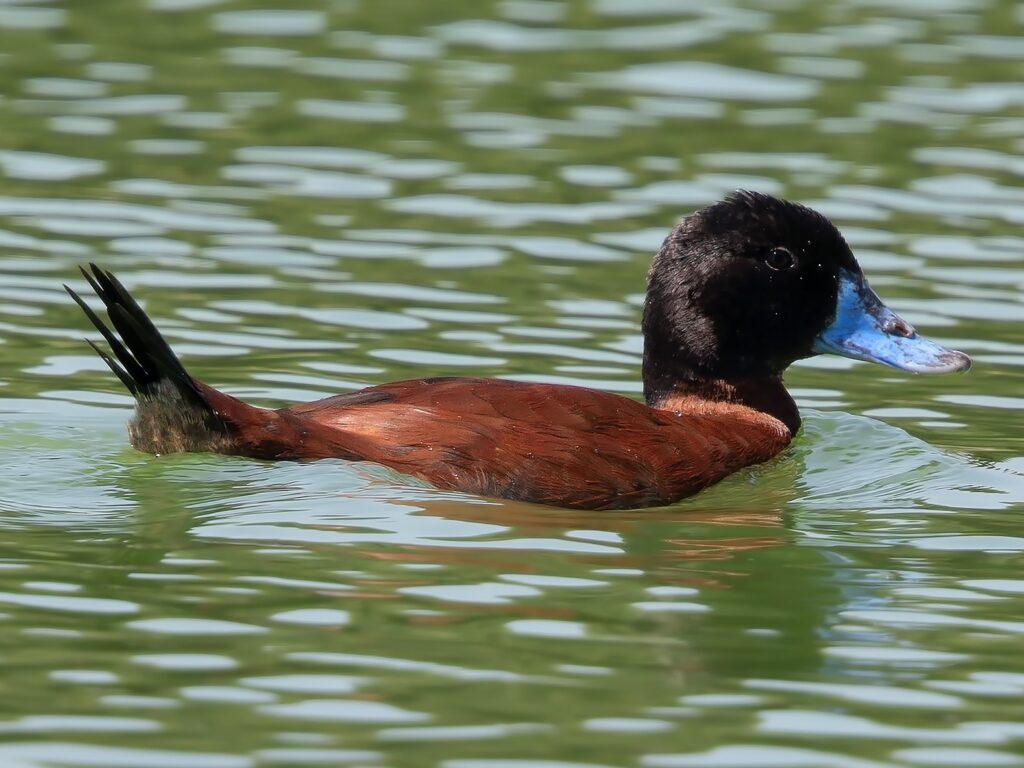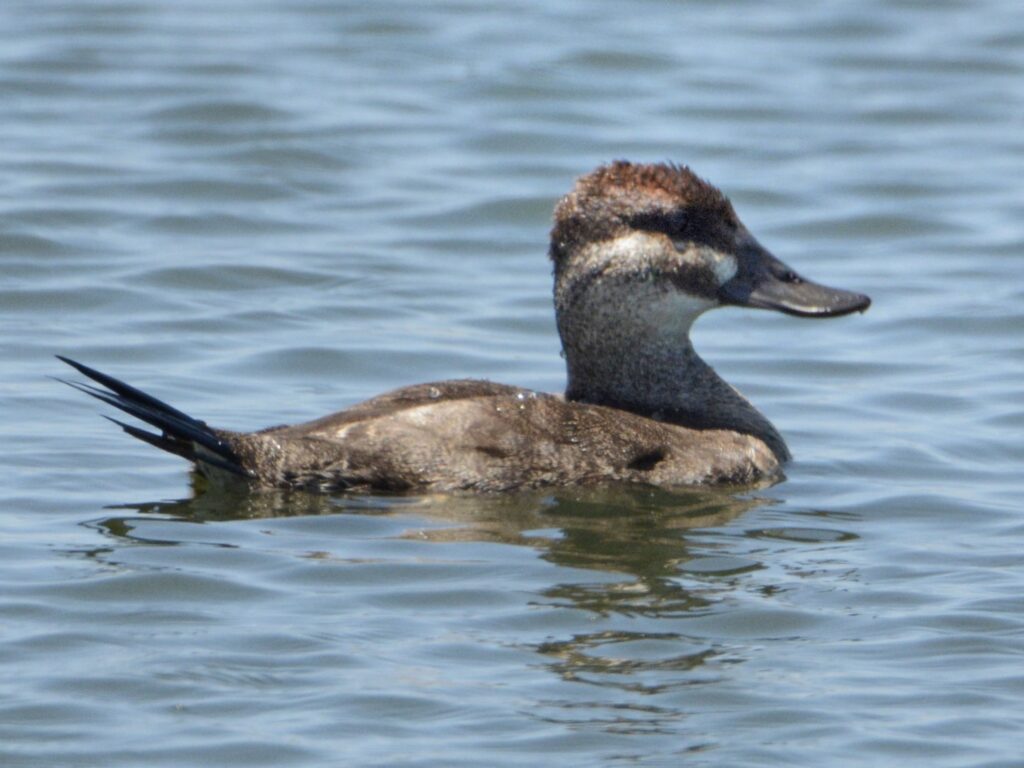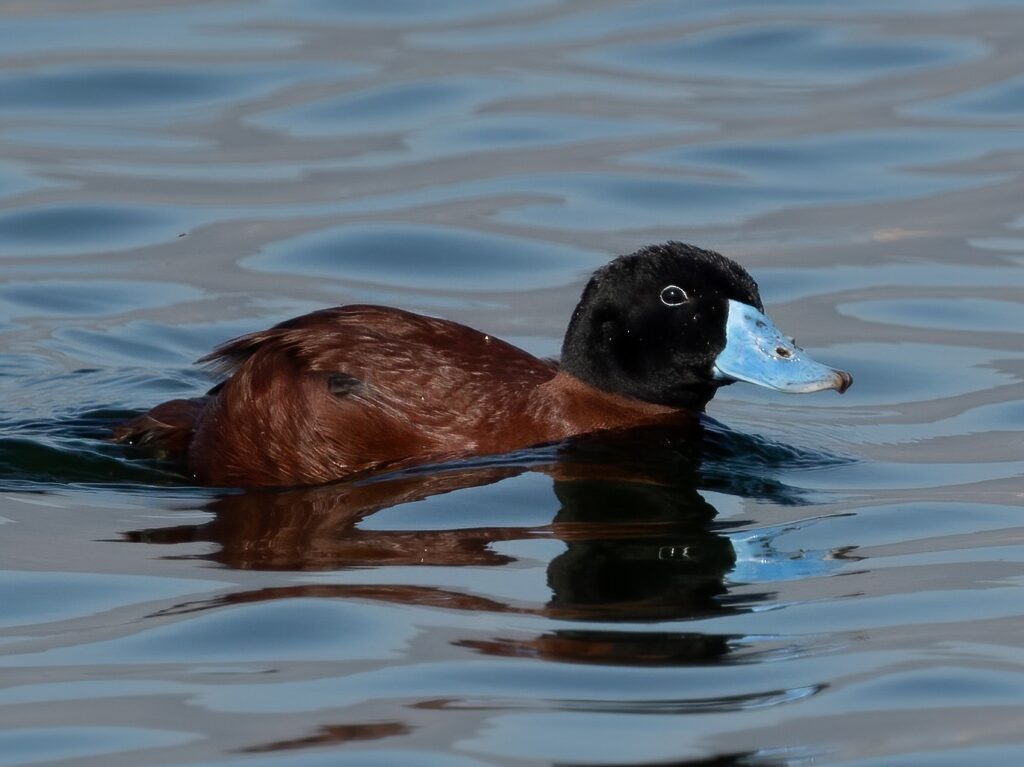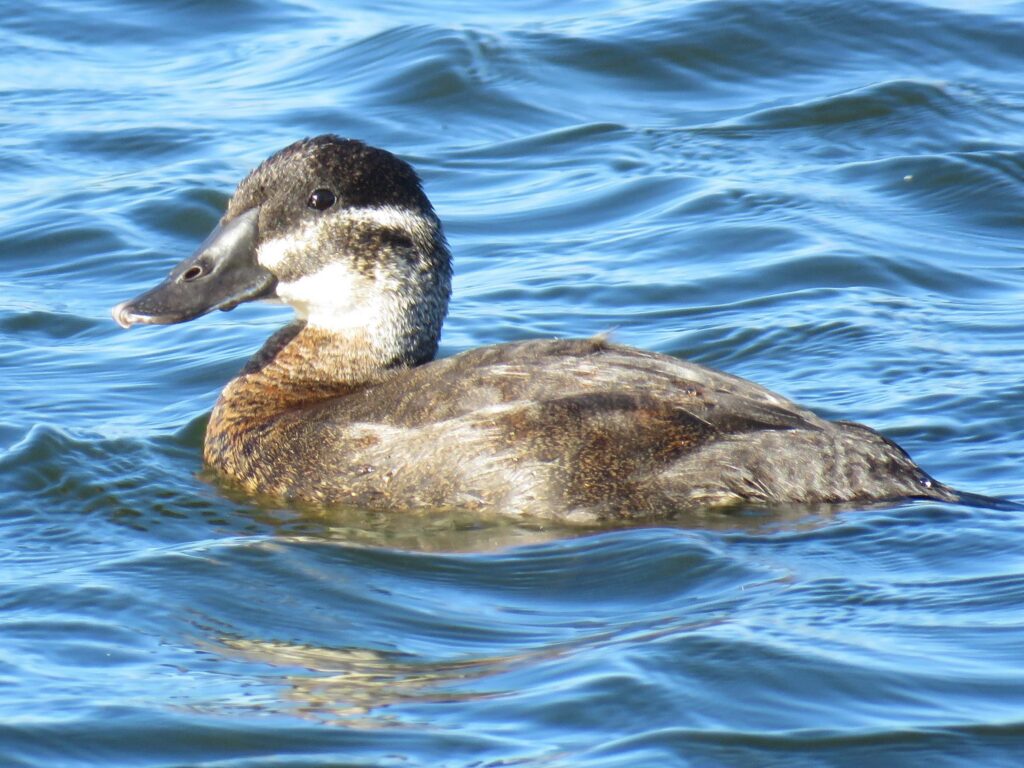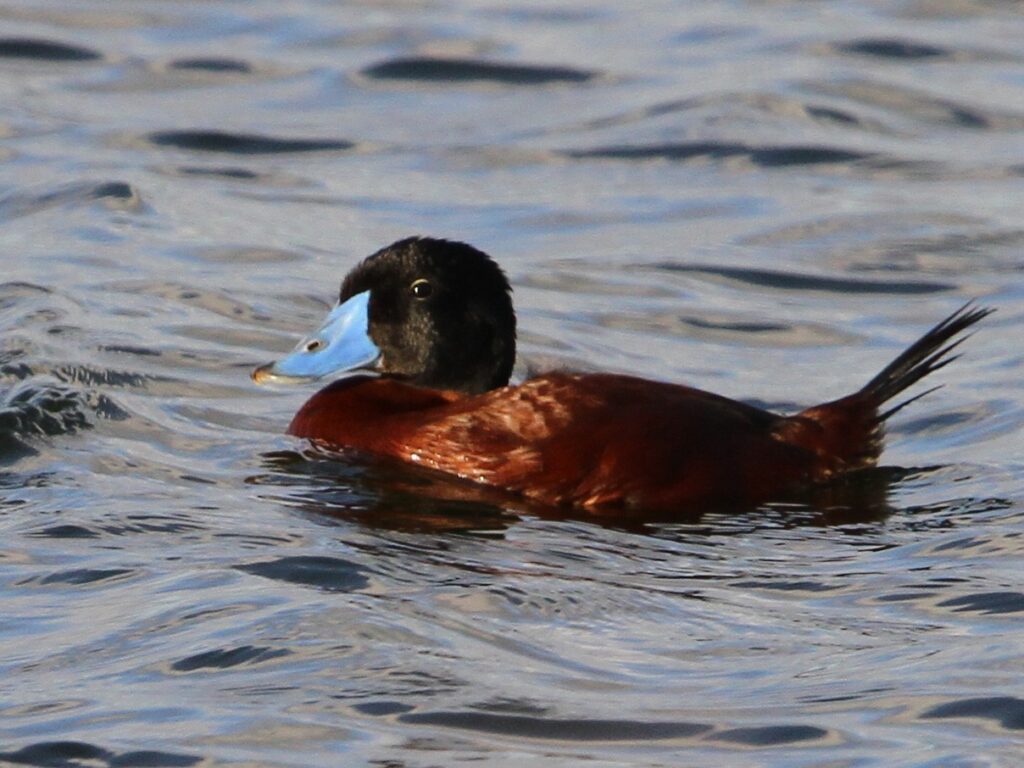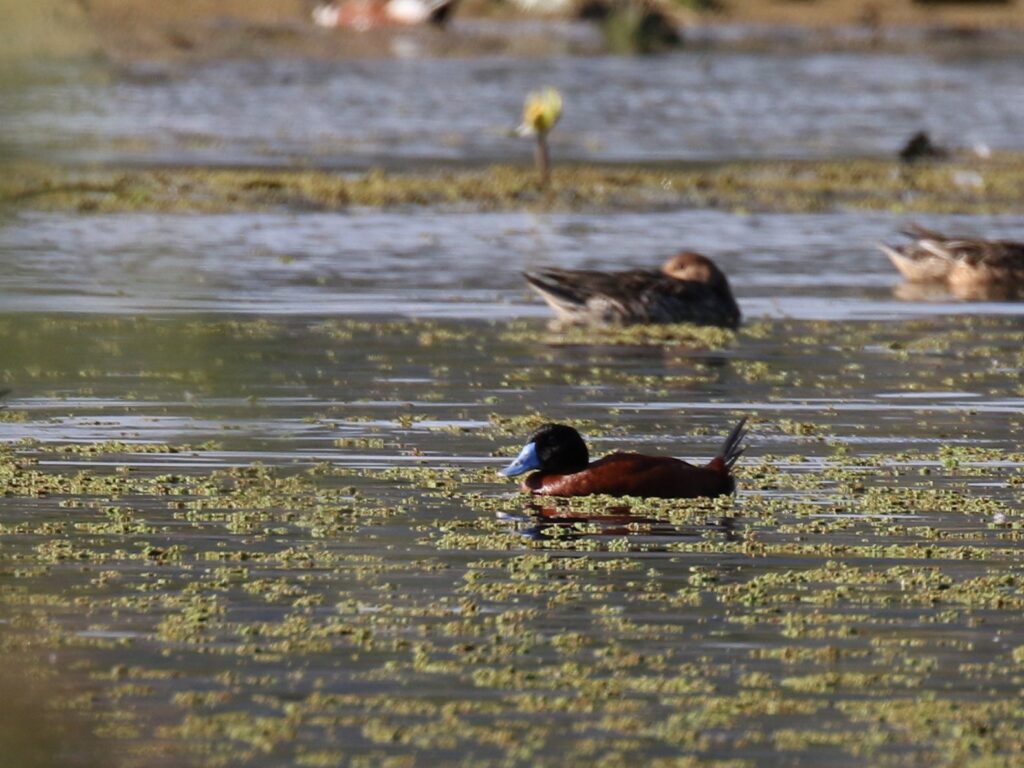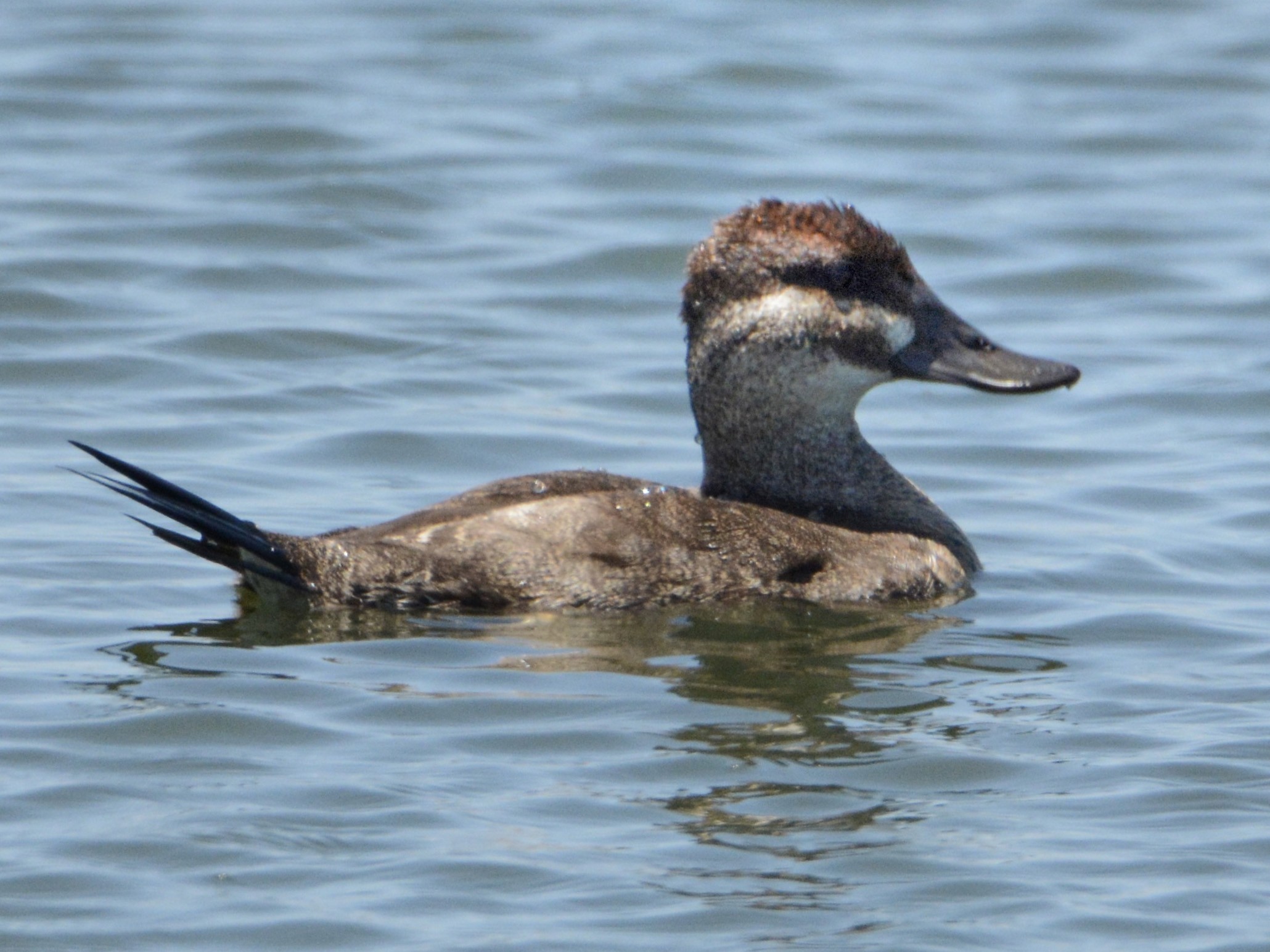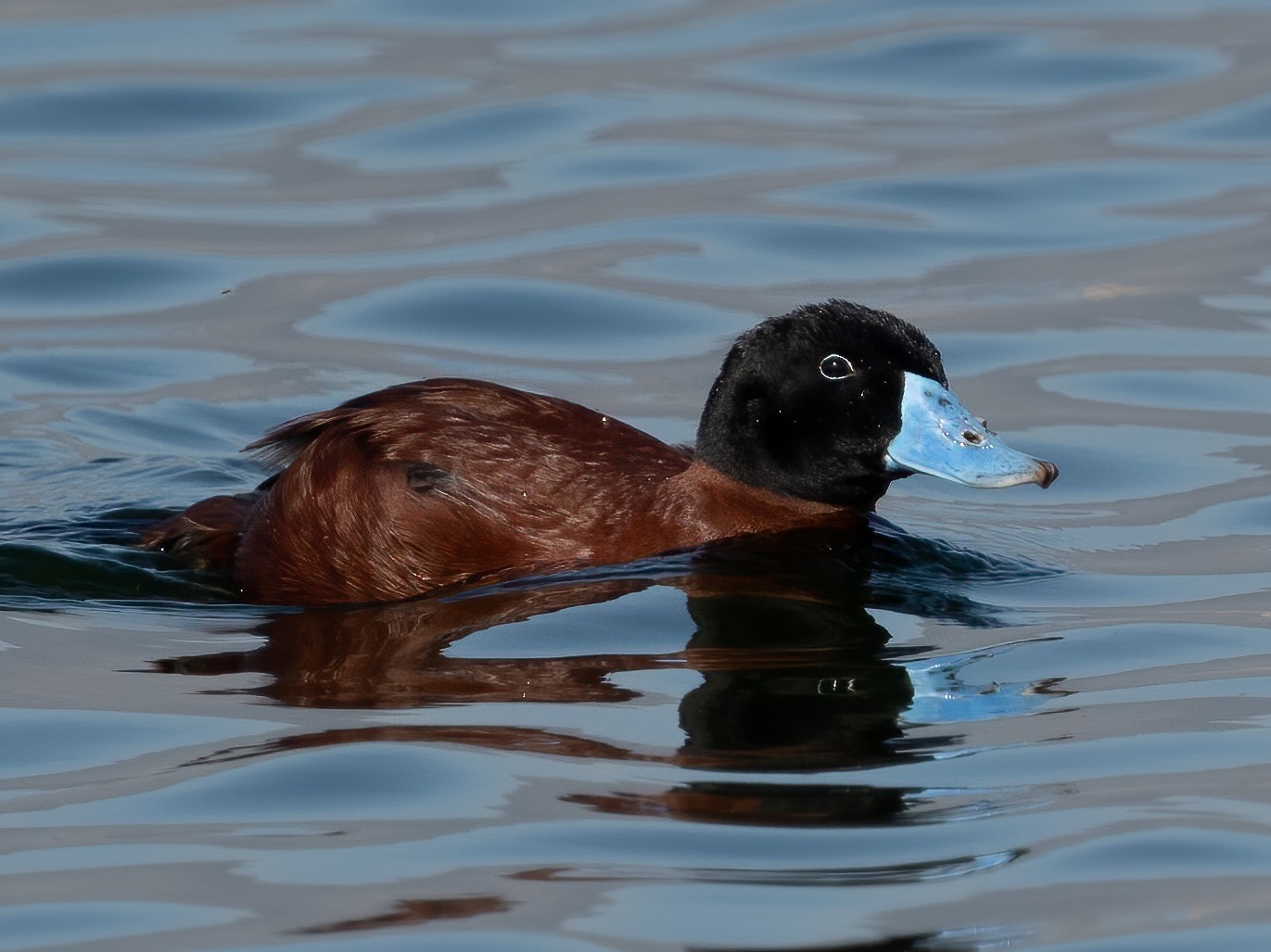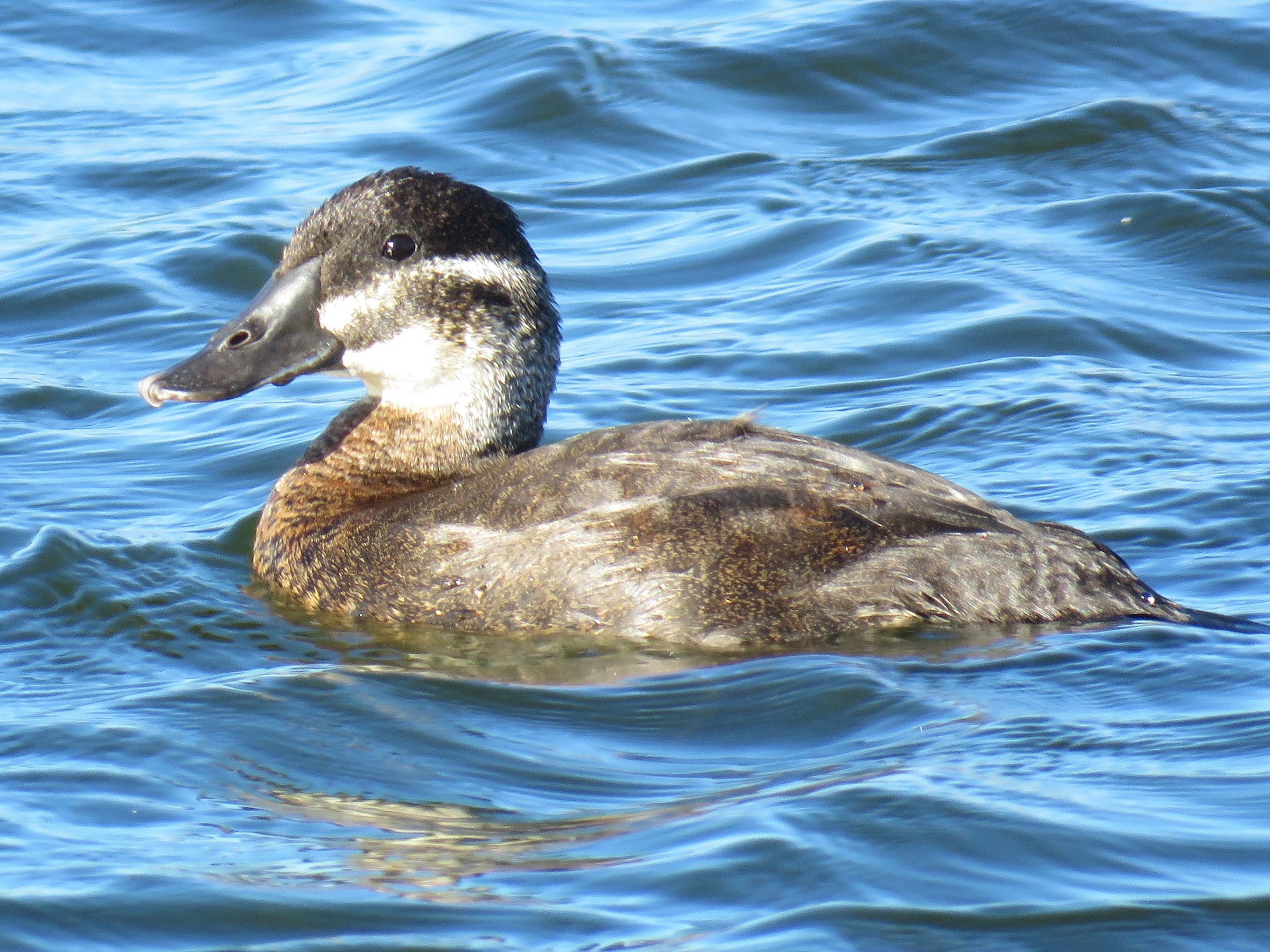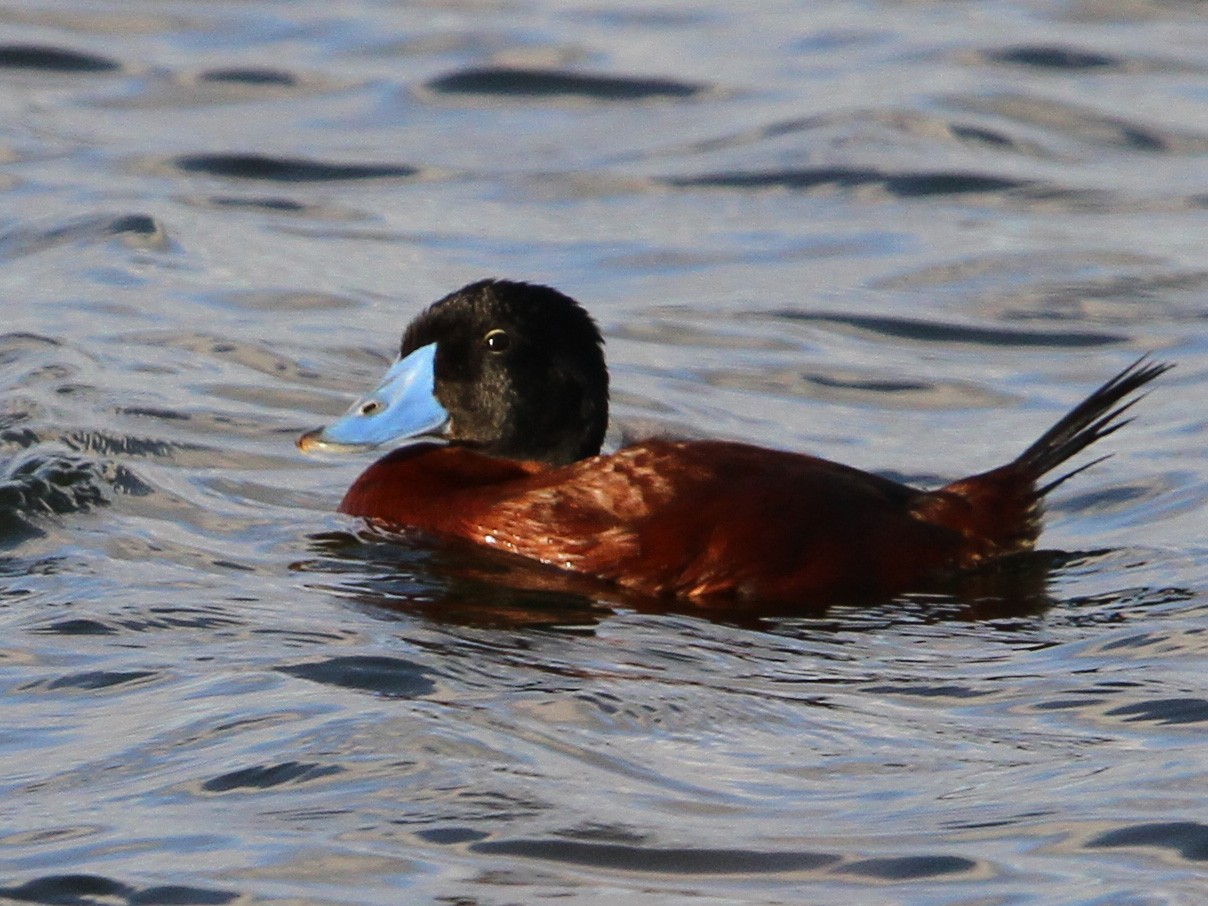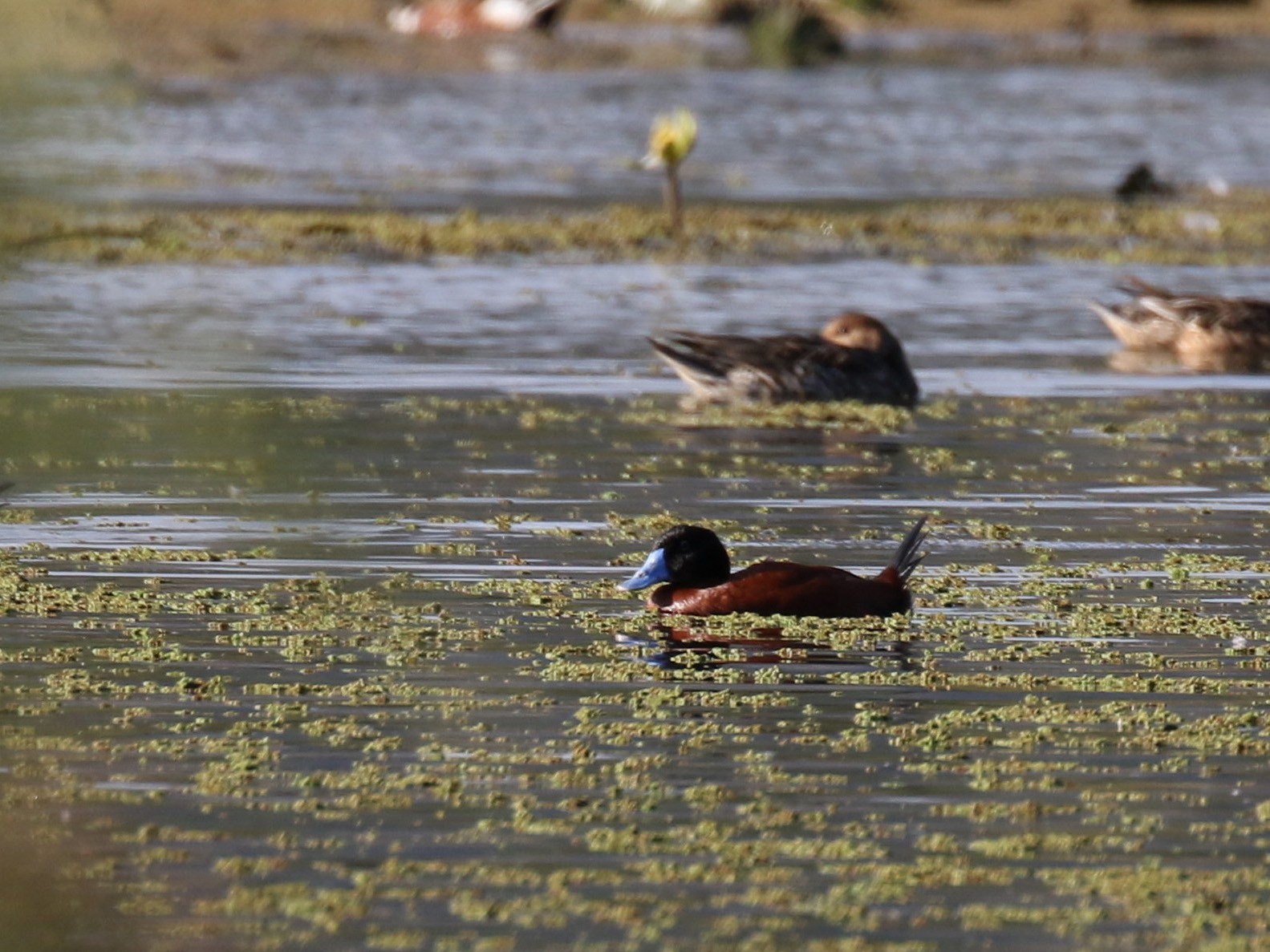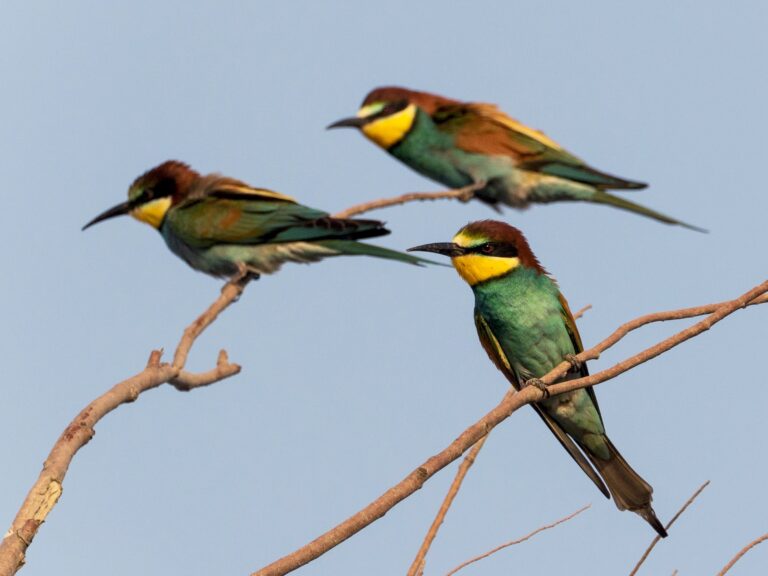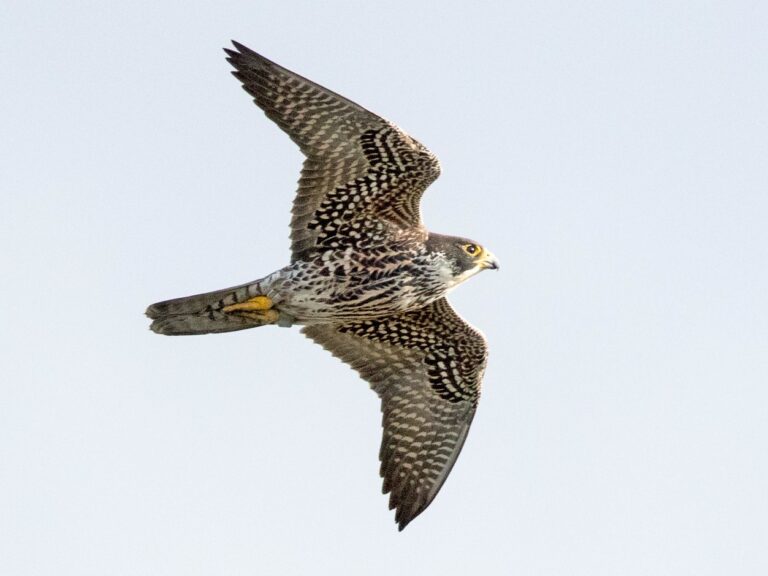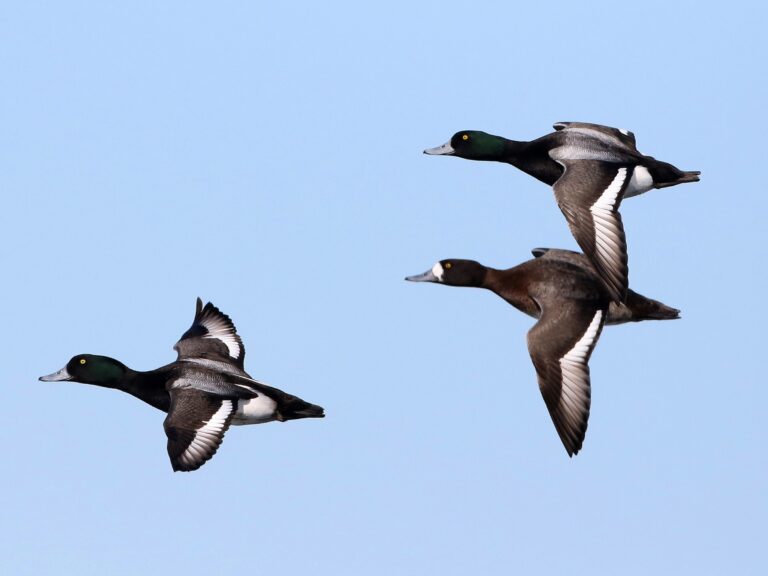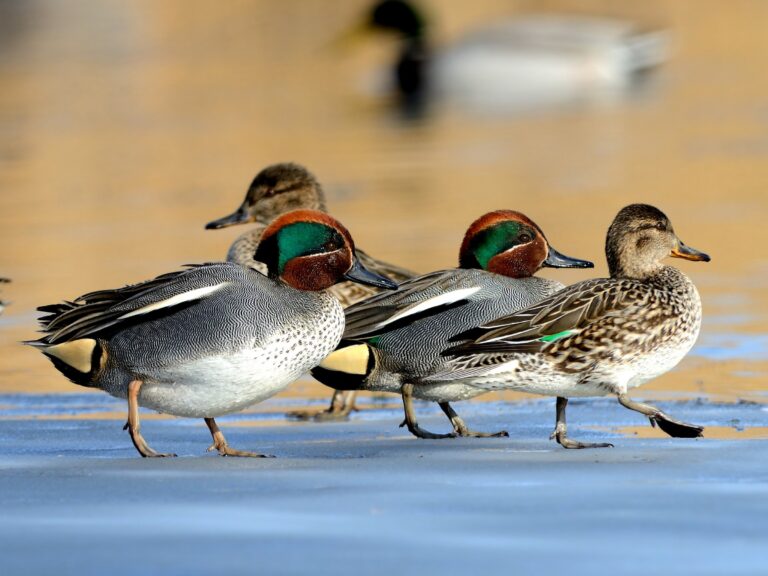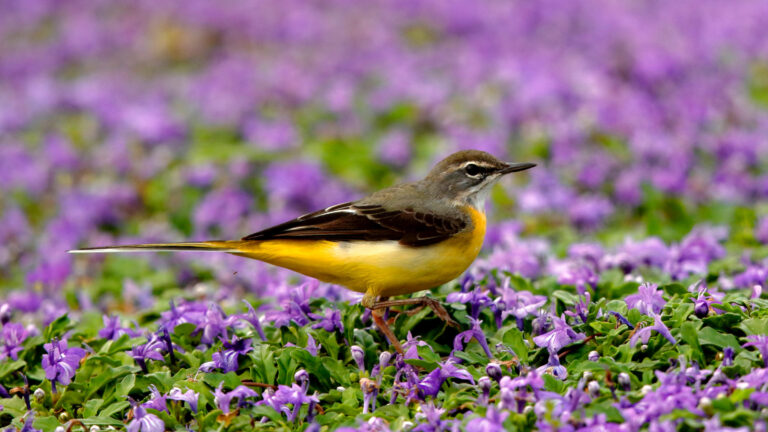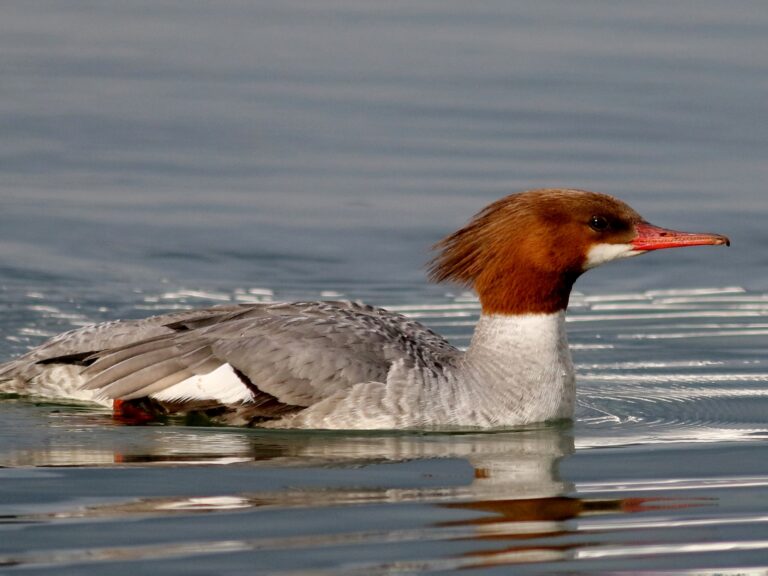Maccoa Duck: The Intriguing World of a Rare Waterfowl
The Maccoa Duck is a unique species that captivates birdwatchers and nature enthusiasts alike. This fascinating waterfowl is known for its striking appearance and distinctive vocalizations, making it a standout in its habitat. With its bright plumage and unique behaviors, the Maccoa Duck provides a thrilling experience to those fortunate enough to observe it in the wild.
Inhabiting freshwater marshes and wetlands, this duck faces various challenges that threaten its population. Conservation efforts are crucial to ensure the survival of the Maccoa Duck, as habitat loss and human activities impact its numbers. Understanding its biology and behavior is key to appreciating this remarkable species and advocating for its protection.
Bird watchers often find joy in the vocal expressions of the Maccoa Duck, which include a range of quacks and whistles. These sounds not only serve as communication but also enhance the experience of seeing the duck in its natural environment.
Key Takeaways
- The Maccoa Duck is recognized for its vibrant colors and unique calls.
- Conservation efforts are important due to threats from habitat loss.
- Understanding its behavior enriches the birdwatching experience.
Biology and Physical Characteristics
The Maccoa Duck, known scientifically as Oxyura maccoa, showcases unique biological and physical traits. Understanding these characteristics is essential for appreciating the species’ adaptation to its environment.
Species Overview and Taxonomy
The Maccoa Duck belongs to the family Anatidae, which includes all ducks. It is categorized within the genus Oxyura. This species is primarily found in southern Africa, often inhabiting large open-water dams and coastal bays.
Taxonomically, the Maccoa Duck has undergone various classifications, sometimes leading to confusion among birdwatchers. Studies suggest it shows specific evolutionary relationships, linking it more closely with other stiff-tailed ducks rather than more common duck species. They are often easier to identify through their vocalizations, which include a series of low, grunting calls.
Physical Description and Sexual Dimorphism
The Maccoa Duck exhibits noticeable sexual dimorphism. Males are particularly striking with vibrant blue bills and contrasting chestnut and black plumage during the breeding season. Their head is often adorned with a distinctive pale blue pattern that sets them apart from females.
Females, while less colorful, have mottled brown feathers for better camouflage. Both sexes possess a compact body and a relatively long tail, which they often flick upward. Adult Maccoa Ducks measure about 35 to 40 cm in length. This duck’s physical adaptations allow it to dive for food effectively.
Dietary Habits
The diet of the Maccoa Duck varies based on seasonal availability but primarily includes seeds and invertebrates. They are known to forage for seeds from various aquatic plants. In addition, they consume tiny invertebrates that are abundant in their habitats.
Their feeding behavior includes diving and dabbling in the water to capture food. This flexible diet enables them to thrive in diverse wetland environments. The Maccoa Duck’s ability to adapt its diet contributes to its survival, particularly in changing habitats. Over time, these dietary habits have been crucial for their reproductive success and overall health.
Habitat and Distribution
The Maccoa Duck is found in various locations across Africa, particularly in regions with suitable freshwater and wetland habitats. Its distribution is influenced by the availability of specific ecosystems where it can thrive.
African Geographic Range
The Maccoa Duck primarily inhabits southern Africa. Its range extends across countries like South Africa, Zimbabwe, Kenya, and Ethiopia.
In South Africa, it shows a fragmented distribution. Observations indicate that it is often spotted at various dams and wetlands. This species prefers areas where shallow freshwater bodies exist. Reports suggest that population estimates in certain areas could reach up to 3,000 individuals.
The presence of the Maccoa Duck in Eastern Africa also points to its adaptability, although it is less common in more tropical regions.
Preferred Habitats
The Maccoa Duck thrives in shallow freshwater and saline lakes. They prefer wetlands that provide ample food sources and nesting areas.
Key habitat features include:
- Reeds and grasses for shelter.
- Calm waters for feeding and breeding.
- Diverse aquatic plants to support their diet.
This bird is known for its distinctive vocalizations, which include a variety of sounds used during mating and territorial displays. These calls can be heard in the early morning or late afternoon, often echoing across their wetland habitats. The combination of suitable habitat and vocal presence is essential for their breeding success.
In summary, the Maccoa Duck’s habitat preferences are crucial to its survival and population dynamics across Africa.
Reproduction and Lifespan
The Maccoa Duck has unique breeding behaviors and parental care that play a crucial role in its lifecycle. These aspects are vital for ensuring successful reproduction and the survival of ducklings.
Breeding Behaviors
Maccoa Ducks typically breed during the warmer months. Courtship includes elaborate displays, vocalizations, and physical gestures. Males are known to produce low-frequency calls that attract females. This vocal behavior is essential in establishing pair bonds.
The pair often chooses secluded areas near water bodies for nesting. They build nests using reeds and other vegetation. Often, nests are located on floating platforms. A female usually lays between 6 to 10 eggs, with a preference for laying them in a well-hidden spot.
Parental Care and Development
After hatching, Maccoa Ducklings are precocial, meaning they are relatively mature and mobile. Parents remain protective, guiding the ducklings to water and showing them how to find food. The mother typically leads the young while the father keeps watch for predators.
Ducklings primarily feed on small invertebrates and aquatic plants. This diet is crucial for their growth and development. Parental care continues for several weeks, ensuring ducklings learn survival skills. In about 10 weeks, young ducks become independent and can fend for themselves.
Conservation and Threats
The Maccoa Duck faces various challenges that influence its conservation status. Understanding these can help in the efforts to protect this unique species.
Current Conservation Status
The Maccoa Duck is currently classified as “Near Threatened.” This classification highlights the need for ongoing conservation efforts. Factors affecting its status include habitat loss and water quality. The duck has shown adaptability to some man-made environments, allowing it to thrive in arid regions of Namibia.
Conservation programs aim to monitor populations and maintain suitable habitats. Working with local communities is crucial for effective conservation. Organizations are focusing on protecting wetland areas that serve as breeding and feeding grounds. This makes direct restoration efforts essential for the species.
Environmental Threats and Challenges
Pollution significantly impacts the Maccoa Duck’s habitats. Chemicals from agricultural runoff can contaminate water bodies, affecting food sources and overall health. Heavy metal pollution is another concern for many aquatic birds.
Additionally, habitat destruction poses a threat. Urban development and agriculture can lead to the loss of wetlands where these ducks reside. Climate change is also crucial, as altered weather patterns may impact breeding seasons and food availability.
Despite these challenges, the Maccoa Duck’s vocalizations are a key aspect of its social behavior. Their calls can be heard during mating displays and territory establishment, indicating their presence in their habitat. These vocalizations are critical for communication, helping them find mates and warn off rivals.
Efforts to mitigate pollution and habitat loss can support the Maccoa Duck’s survival in the wild.
Human and Cultural Impact
The Maccoa Duck holds significance in various cultures, particularly in Africa. Its unique characteristics and behaviors have sparked interest among bird watchers and conservationists. Understanding these impacts highlights the importance of this species in its ecosystem.
Duck Breeds and Domestic Importance
The Maccoa Duck is one of the many duck species found in Africa. Its distinctive blue bill and striking plumage make it a subject of interest for domestic breeding, although it is not widely kept compared to other duck breeds.
Several local cultures view ducks as important for food and companionship. The Maccoa’s unique traits may inspire breeding programs aimed at enhancing specific qualities, such as temperament and adaptation to local environments.
Conservation Efforts and Ecotourism
Conservation efforts for the Maccoa Duck focus on protecting its natural habitat, especially wetlands. Human activities, such as agriculture and urbanization, threaten these areas. Many organizations promote the preservation of these ecosystems to protect the duck and other wildlife.
Ecotourism plays a crucial role in funding conservation efforts. Bird watchers travel to Africa to observe the Maccoa Duck in its native habitat. Such tourism raises awareness about the importance of protecting these species. By highlighting the duck’s relevance to local culture and ecology, communities can create educational programs that foster greater appreciation and support for their conservation.
Frequently Asked Questions
This section provides specific insights into the Maccoa Duck, covering its physical traits, reproductive habits, dietary needs, and conservation status. These details are essential for understanding this unique species and its role in the ecosystem.
What are the notable sexual dimorphisms in the Maccoa Duck species?
The Maccoa Duck exhibits clear sexual dimorphism, particularly in coloration. Males typically have brighter plumage with a striking blue bill, while females sport a more subdued brown color, which helps with camouflage during nesting. This difference becomes especially noticeable during the breeding season when males display to attract females.
How does the Maccoa Duck’s egg appearance and incubation process differ from other ducks?
Maccoa Duck eggs are usually pale blue to green in color, distinguishing them from many other duck species that may have white or mottled eggs. The female incubates the eggs for about 28 to 30 days. During this incubation, she relies on her ability to remain hidden in dense vegetation to protect the eggs from predators.
What adaptations are specific to the Maccoa Duck for its habitat?
The Maccoa Duck is well-adapted to its preferred habitats of large open-water dams and brackish coastal bays. Its strong legs and webbed feet allow it to swim efficiently in deeper waters. Moreover, it possesses a unique ability to dive underwater, which aids in foraging for food.
How is the Maccoa Duck’s diet adapted to its environment?
This species primarily feeds on aquatic plants, seeds, and small invertebrates found in its habitat. Its diet can vary based on the availability of food sources, demonstrating flexibility. The Maccoa Duck’s foraging behavior often includes dabbling at the water’s surface or diving for submerged plants.
What is the population status of the Maccoa Duck and what conservation efforts are in place?
The population status of the Maccoa Duck varies by region, with some local populations considered vulnerable. Conservation efforts include habitat protection and monitoring, with organizations working to maintain water quality in habitats that support this species. These efforts are critical for sustaining its population in the wild.
What are the key behavioral traits of the Maccoa Duck in breeding and social interaction?
During breeding seasons, male Maccoa Ducks display elaborate courtship behaviors, including head bobbing and vocalizations to attract females. They are territorial, often patrolling and defending their chosen areas from other males. Social interactions are typically marked by a variety of vocal sounds, adding to their communicative repertoire.
